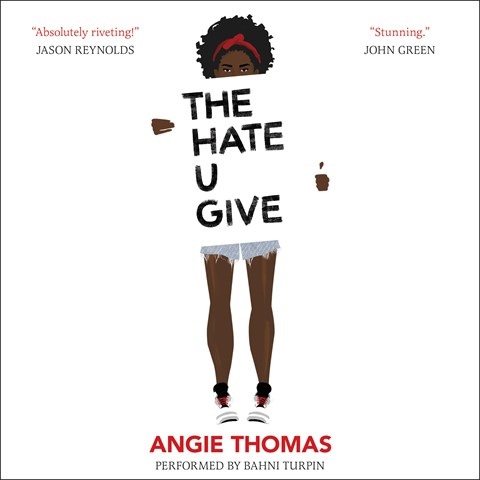A Thirst for Empire:
How Tea Shaped the Modern World
by Erika Rappaport
GT2905 .R26 2017
New Arrivals, 2nd floor
I drink a lot of tea and I love learning about the history of everyday objects and consumer goods. This book provides a great overview of the ways in which growing, trading, processing, and fighting over tea shaped the history of the British Empire and much of the rest of the world.
Rappaport weaves together an integrated world history with perspectives from a wide range of people: British and European colonizers, those living in tea-growing areas of the world (both directly under colonial rule and those who were not), traders, industrialists, growers, marketers, and consumers. This book is especially interesting for those interested in world history, consumer culture, globalism, and the history of marketing.

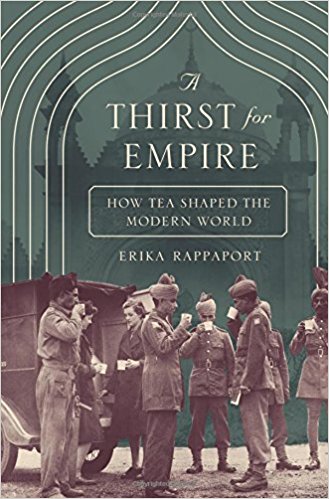
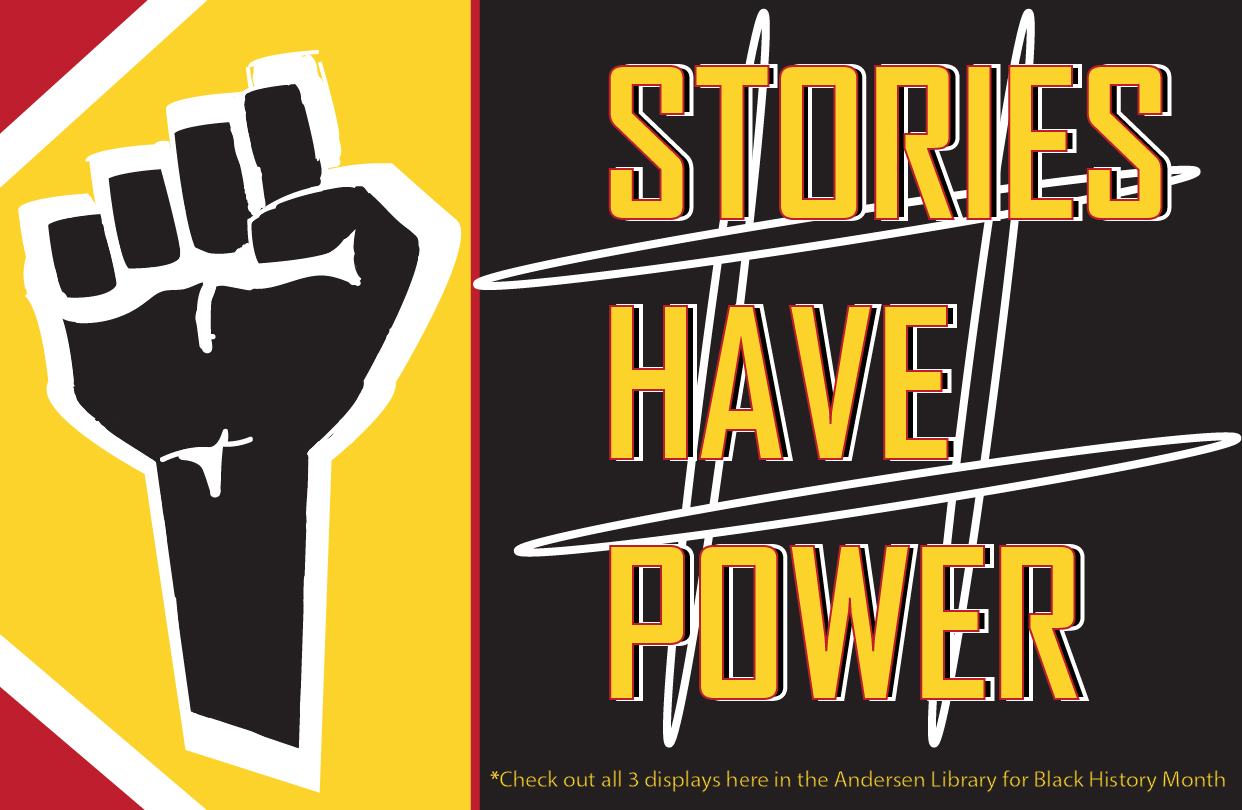
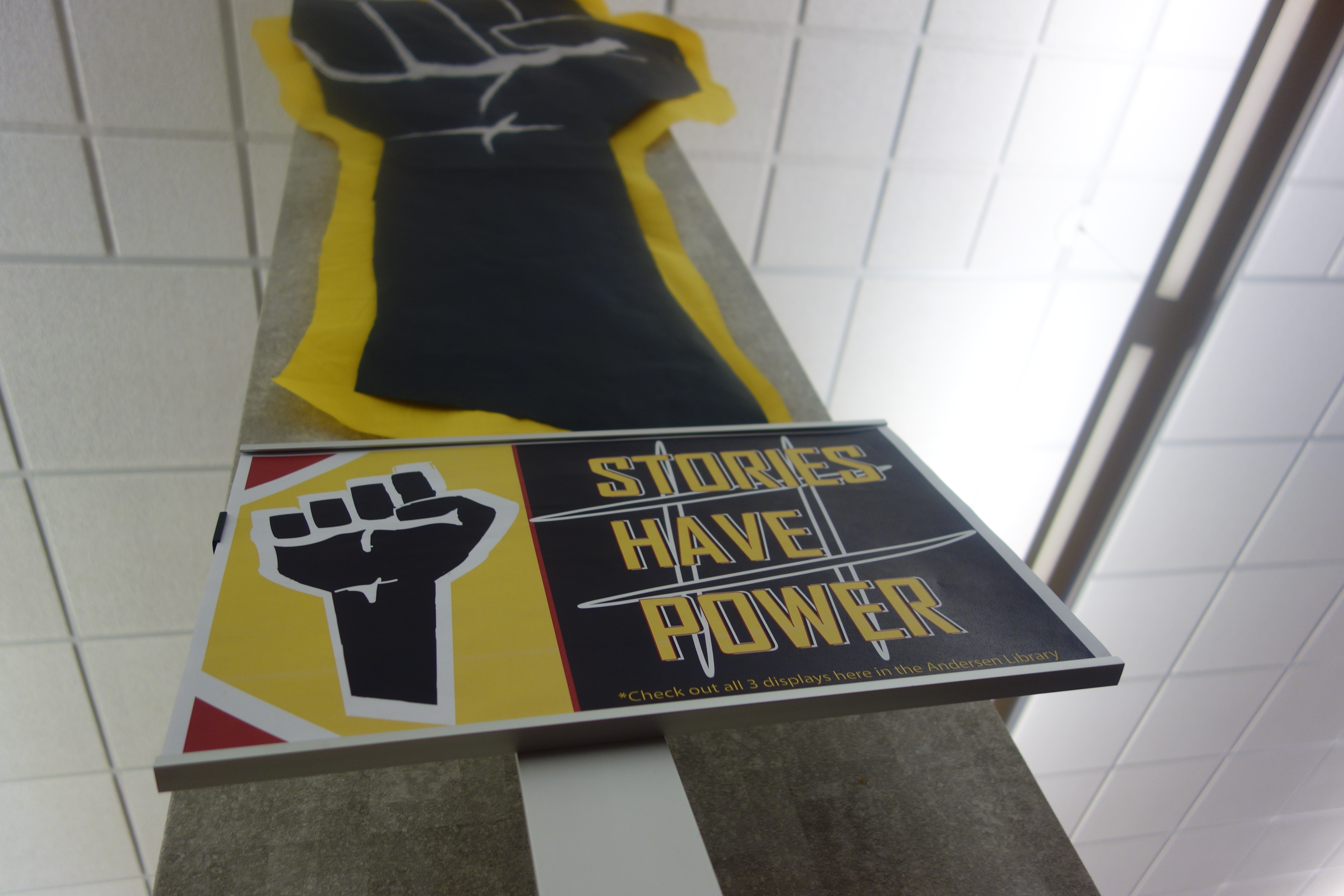
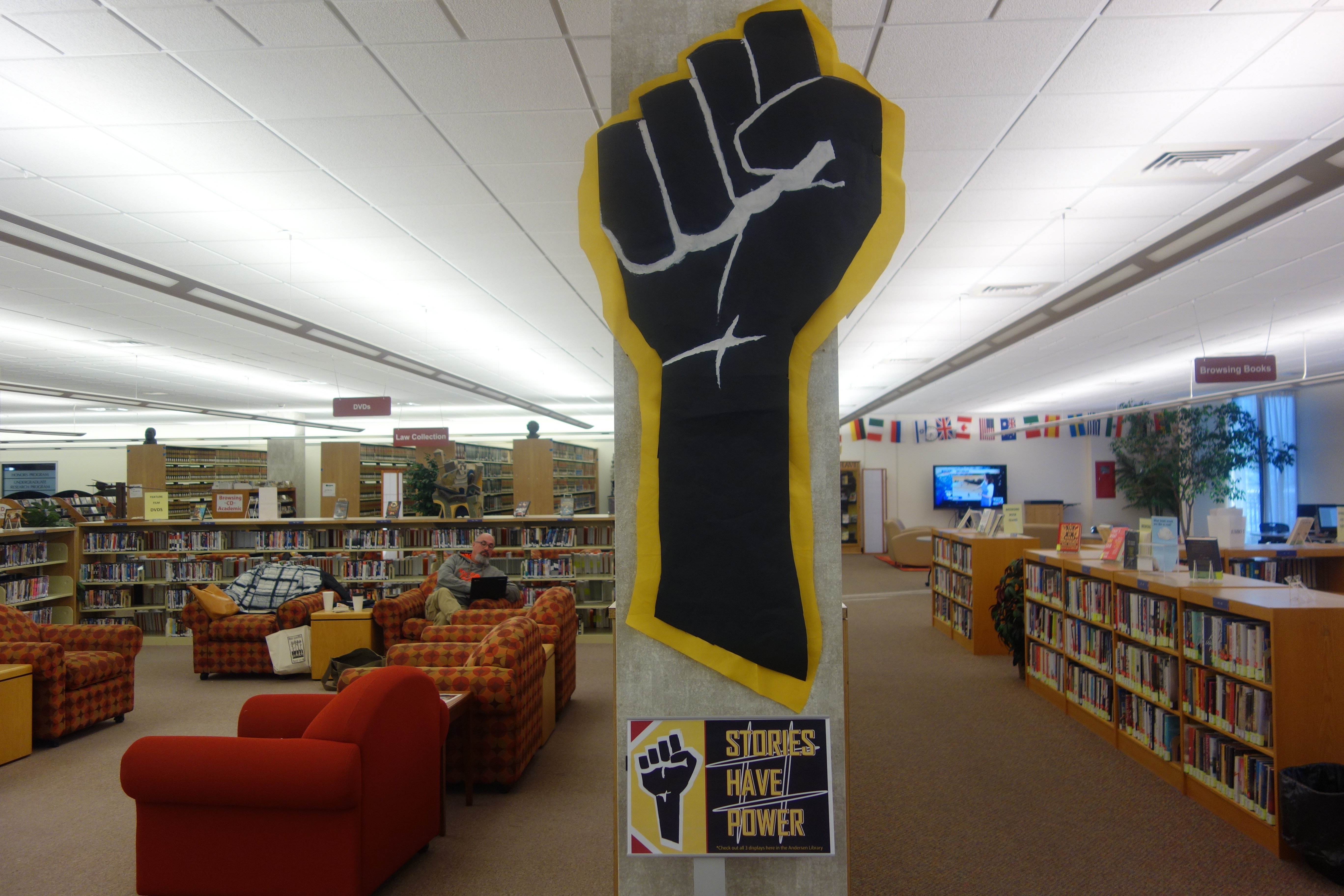
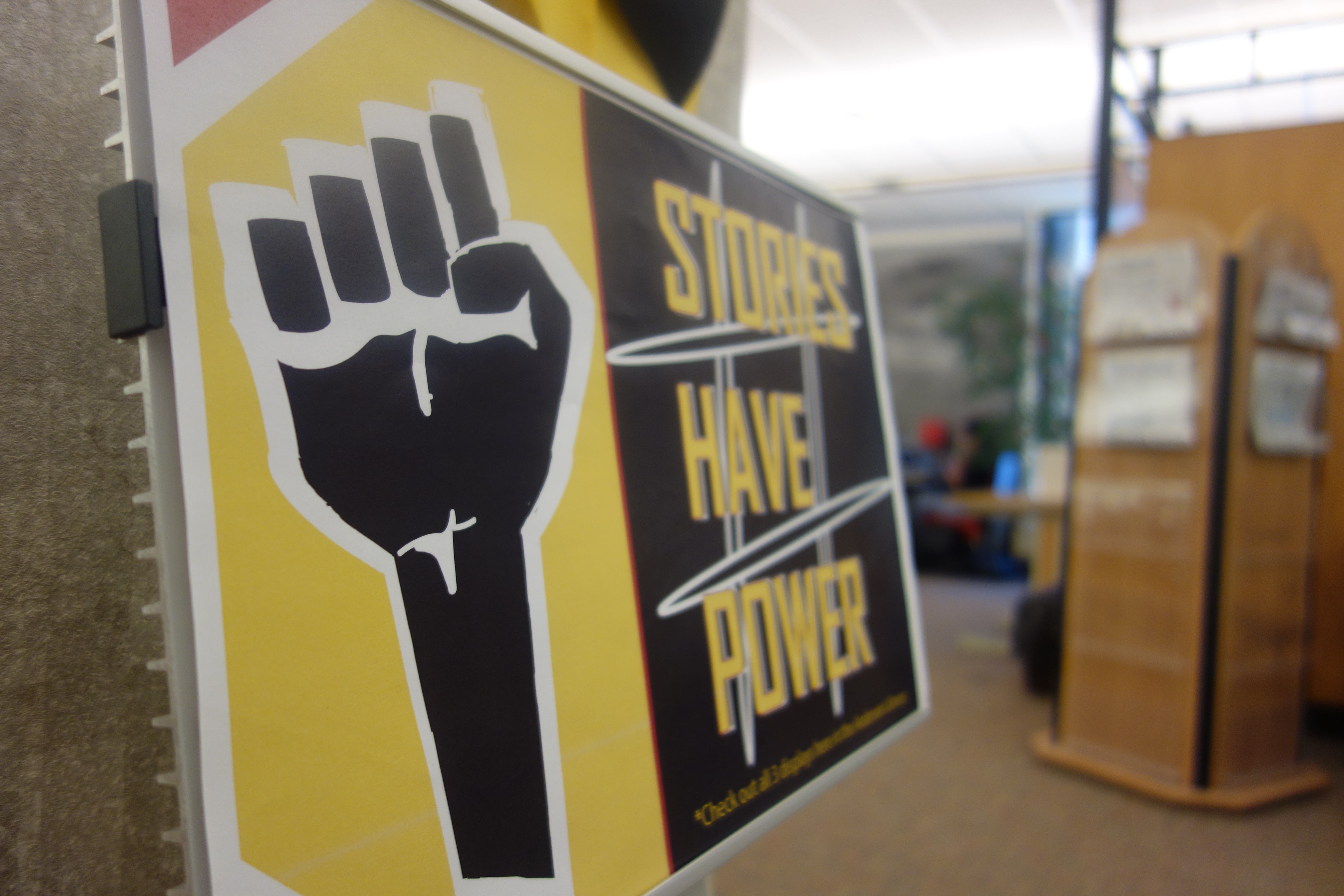
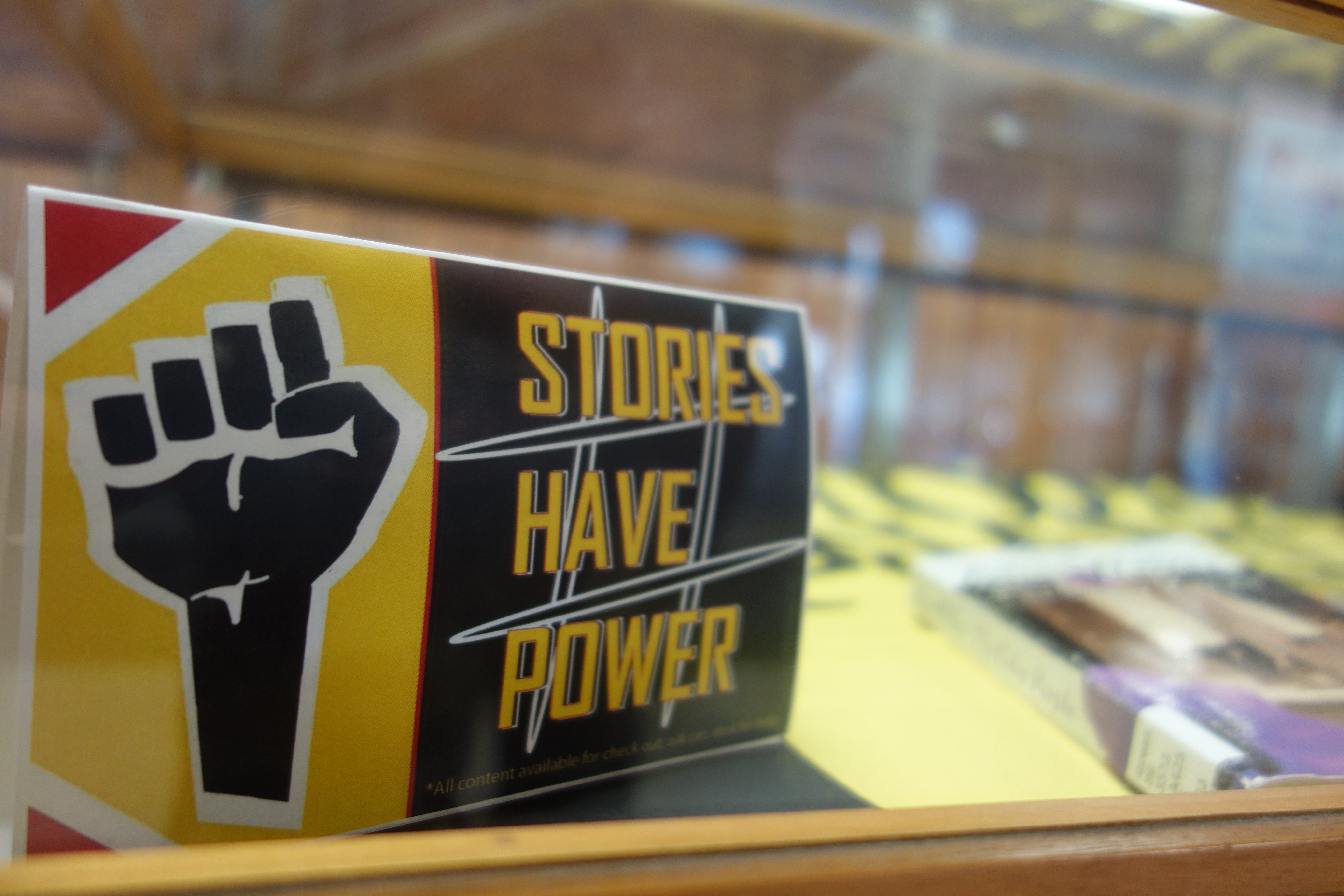
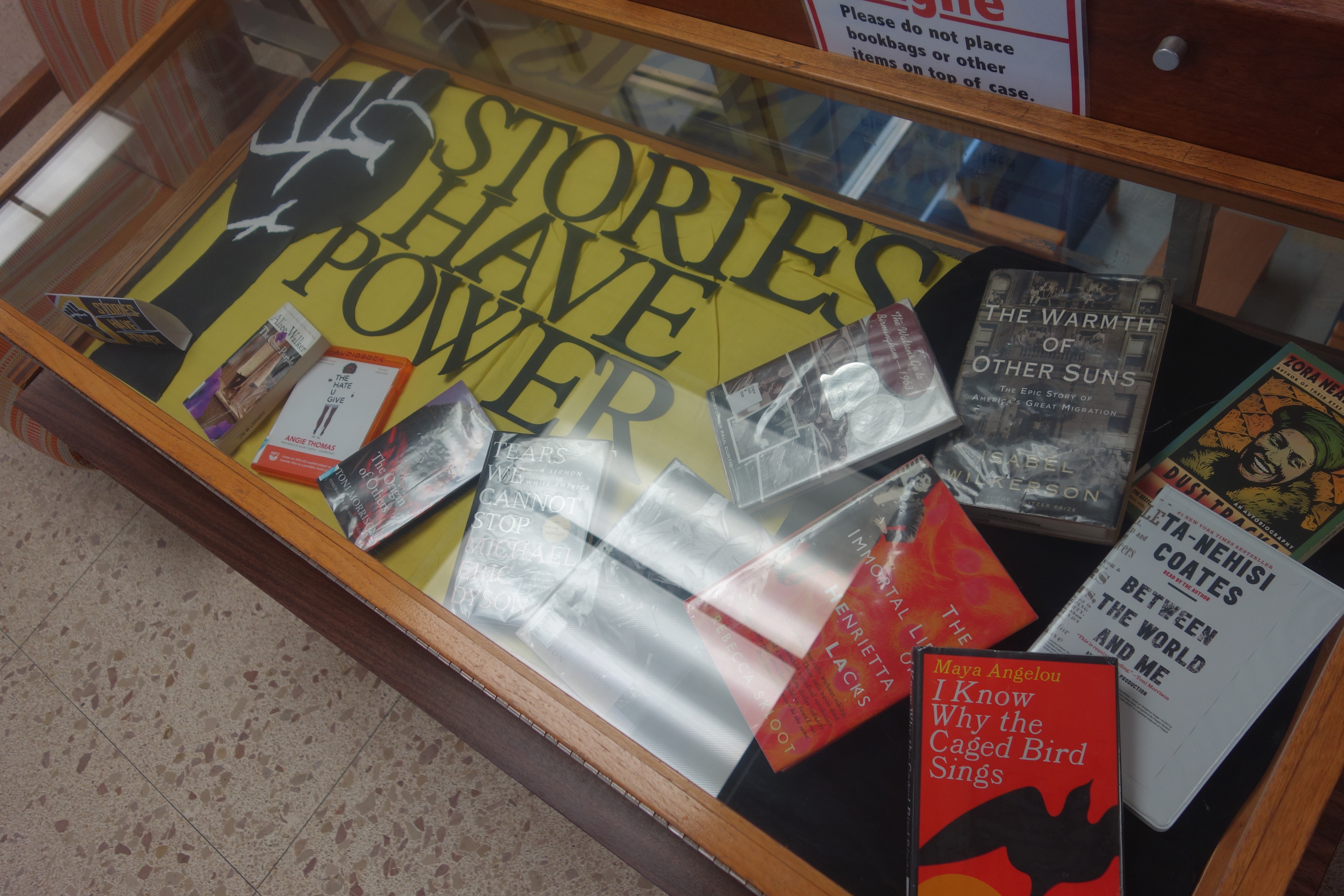
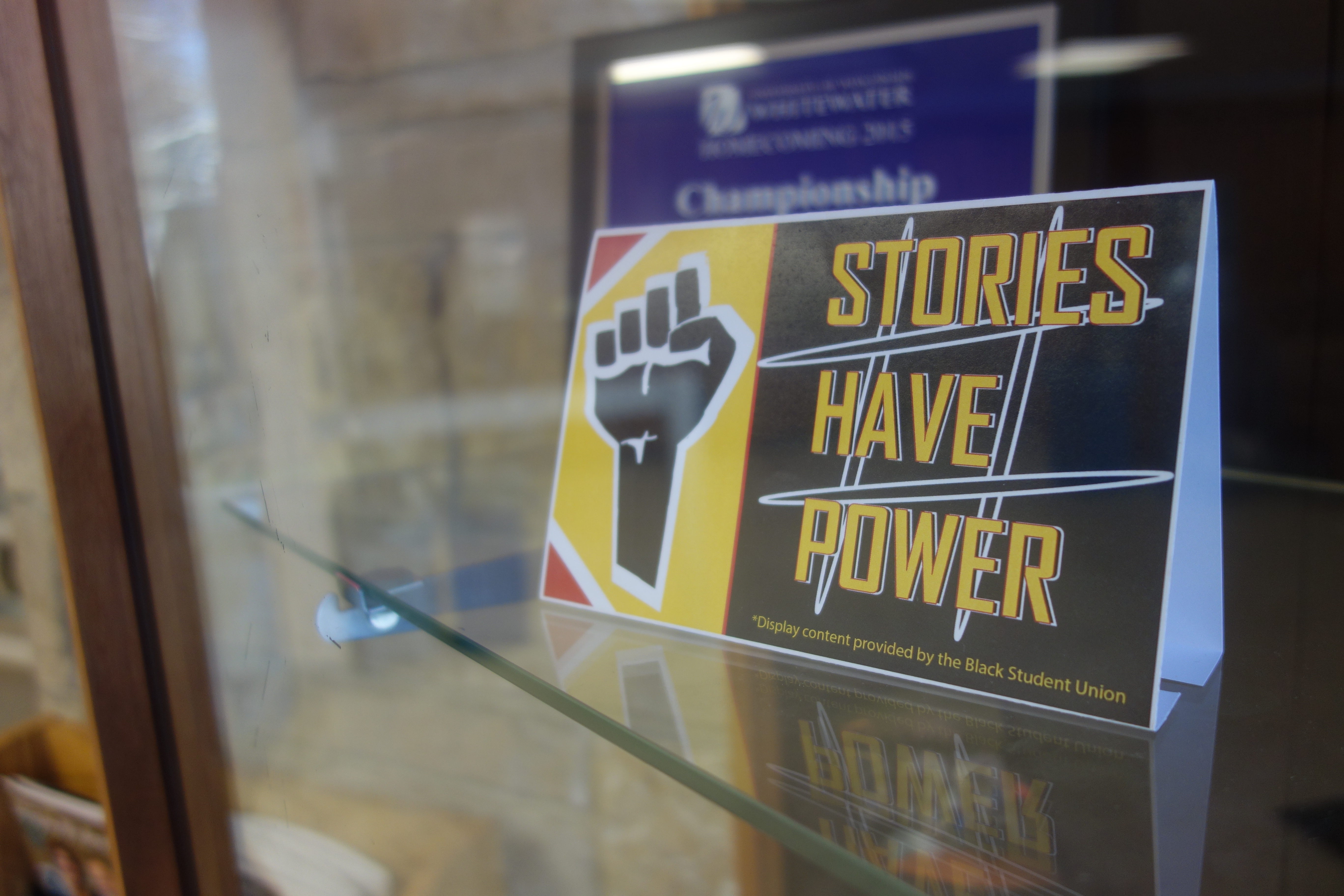
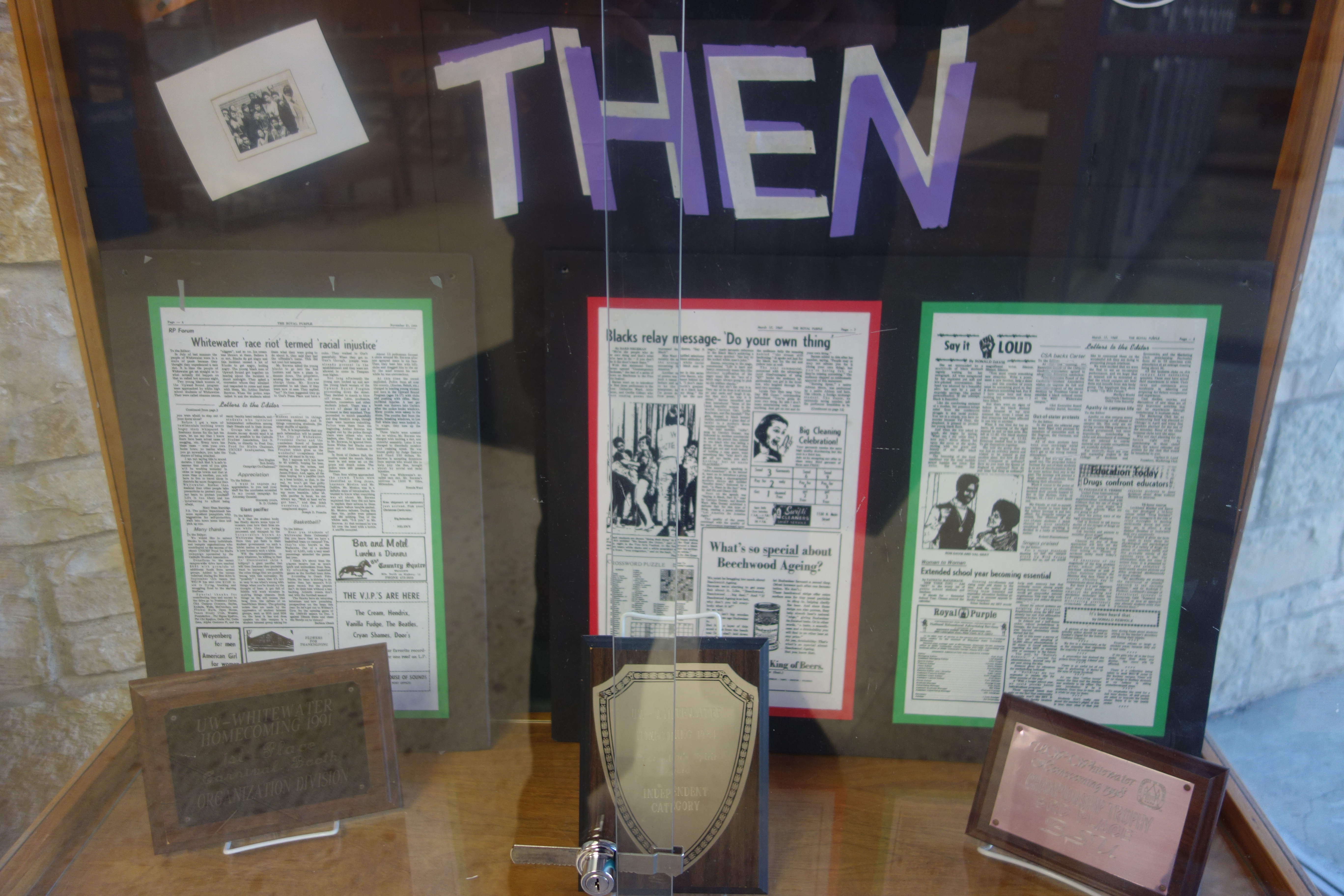
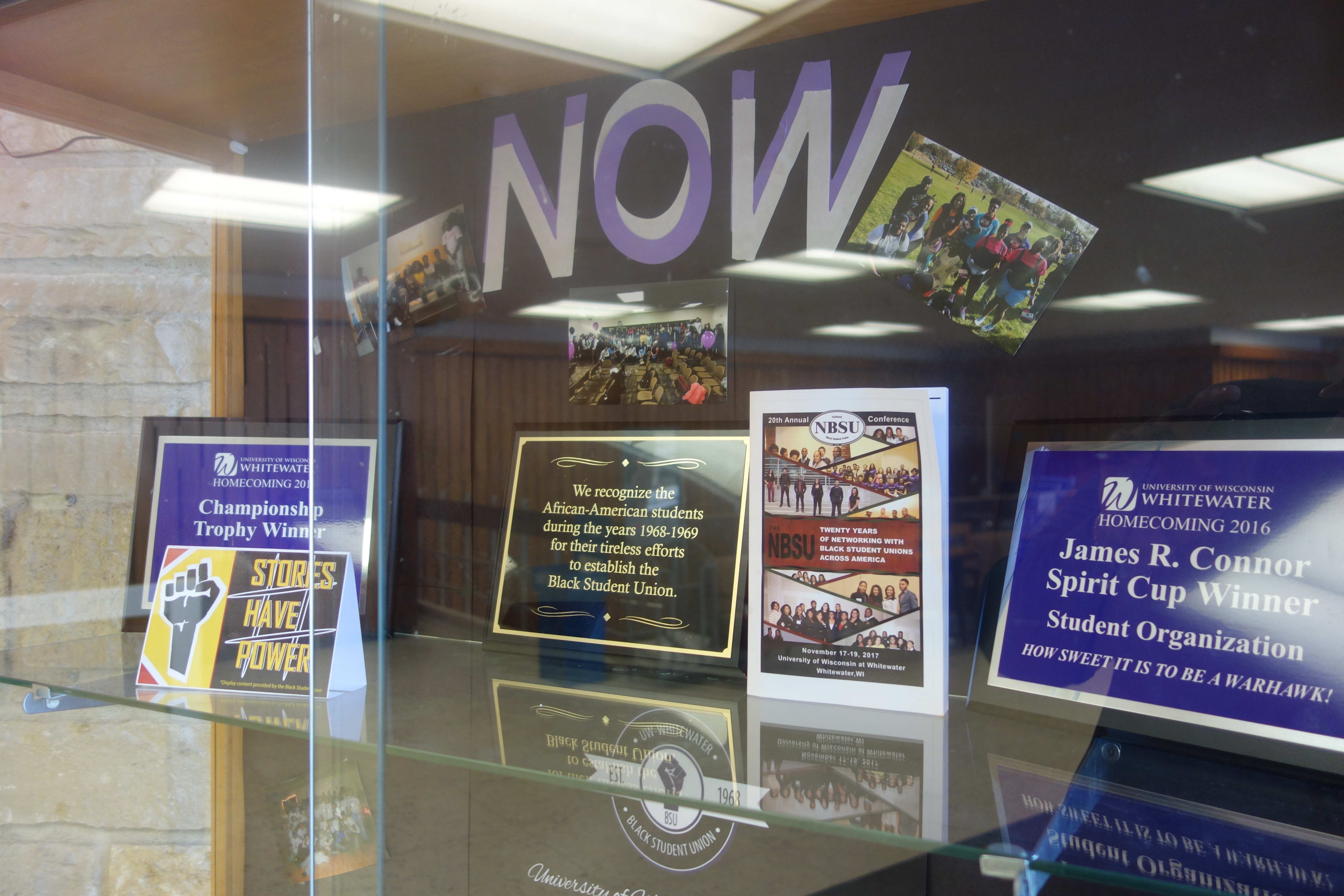
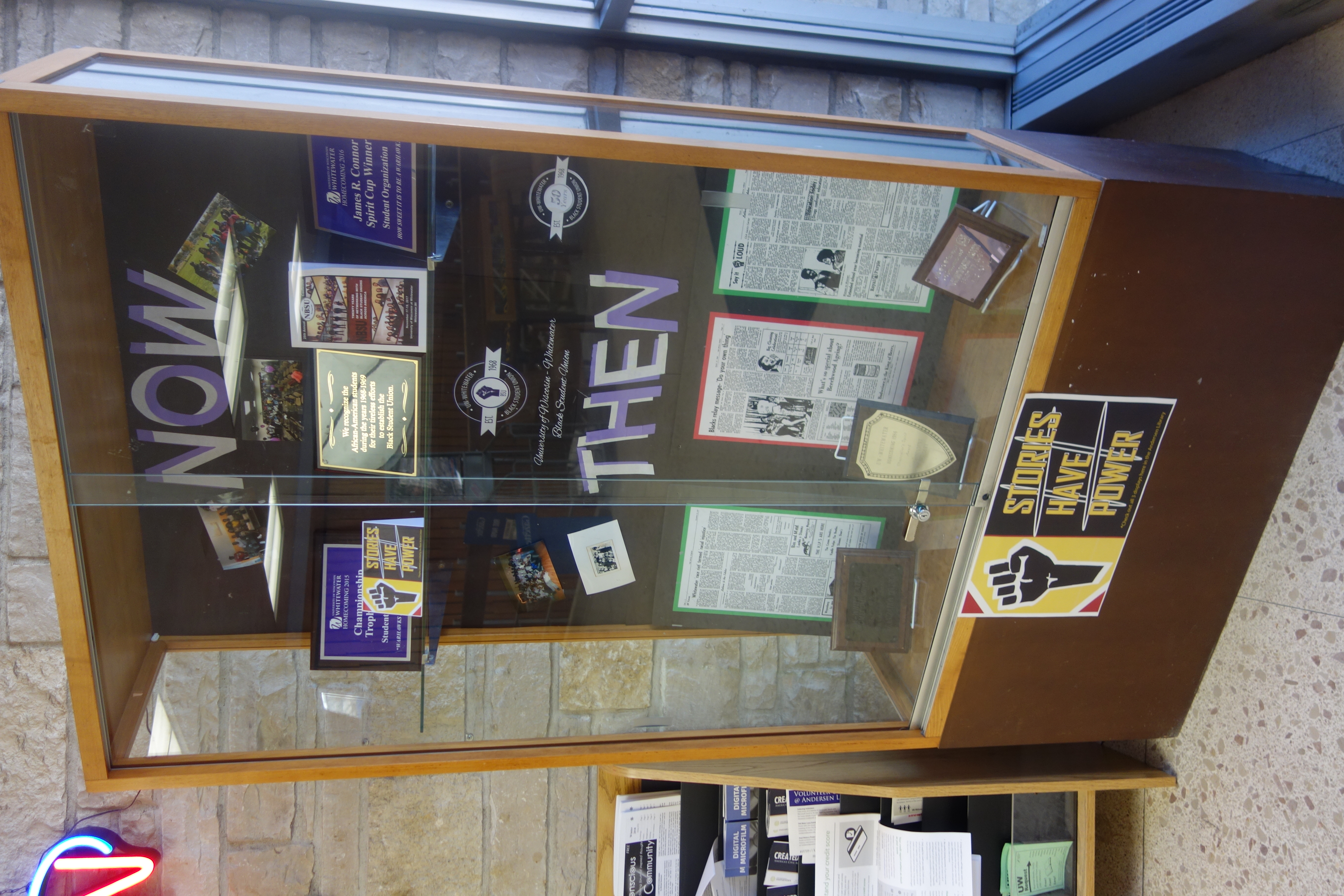
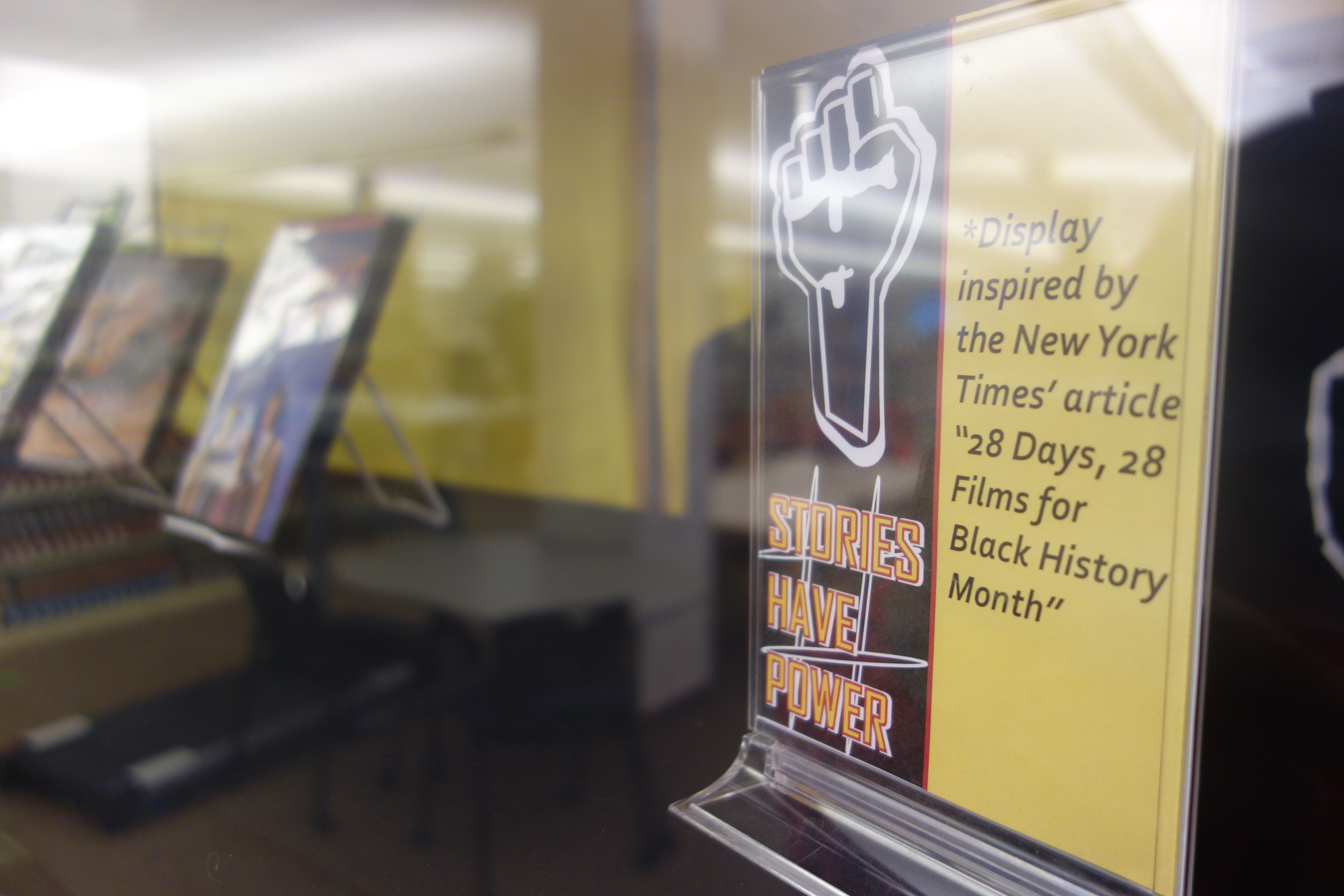
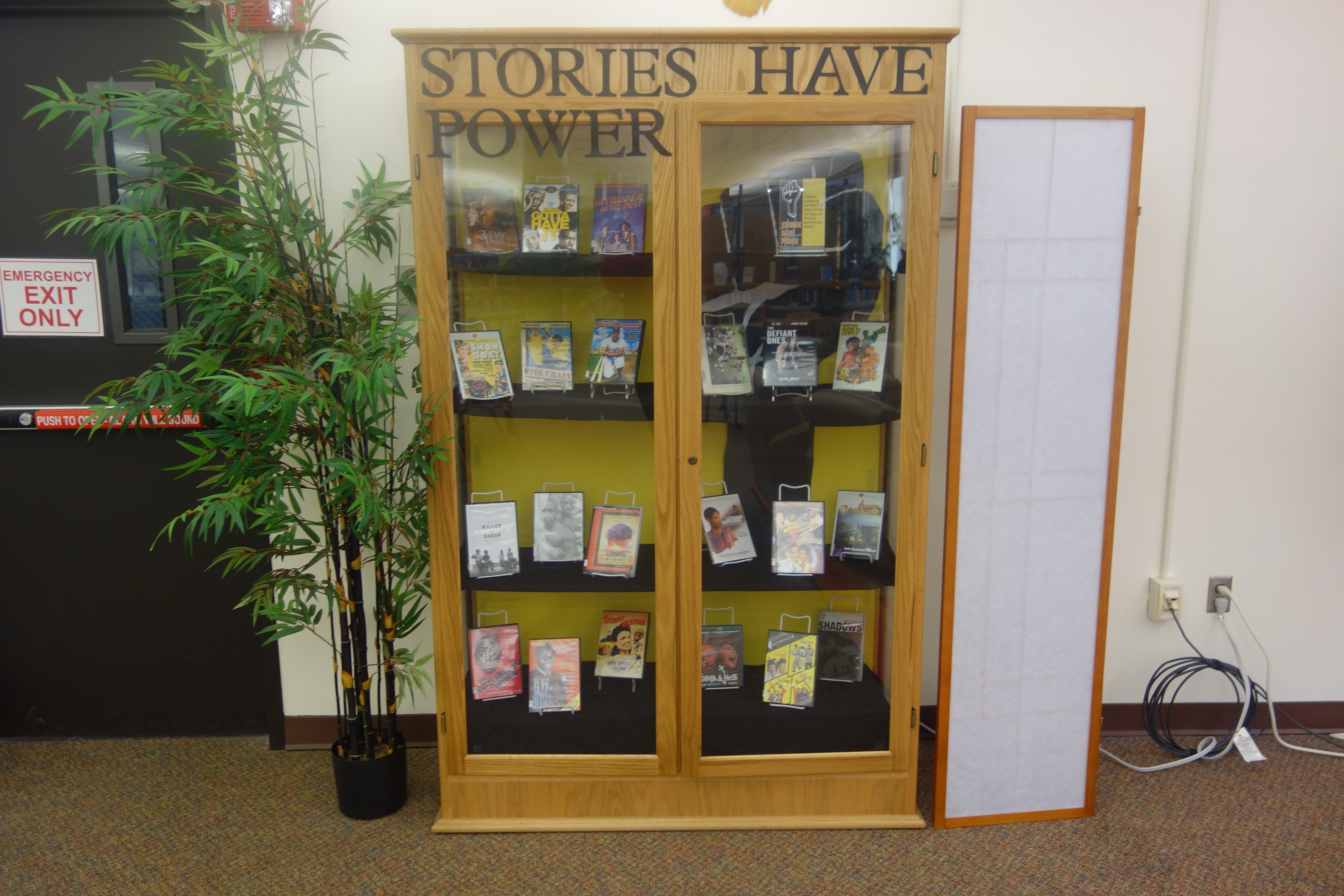
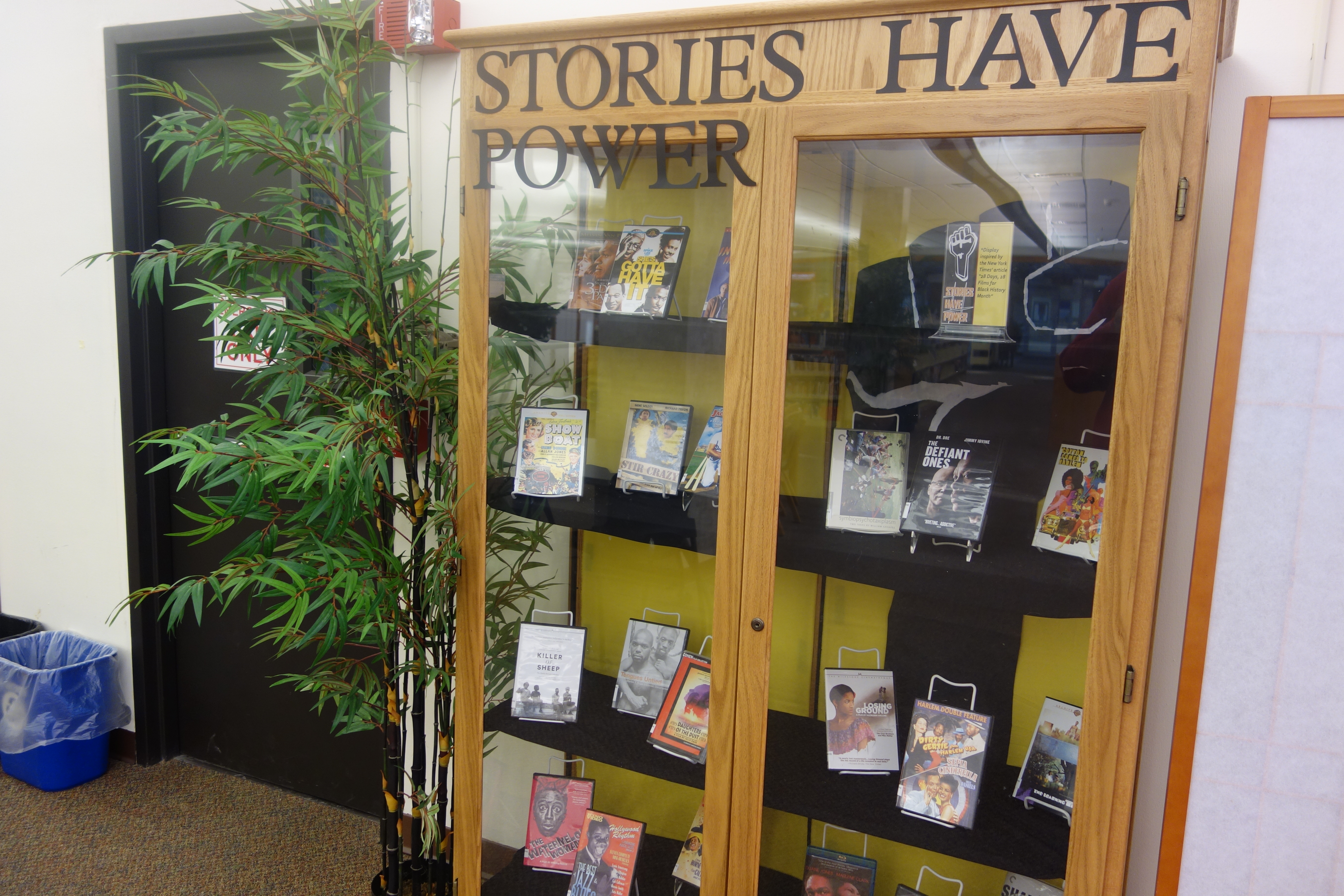

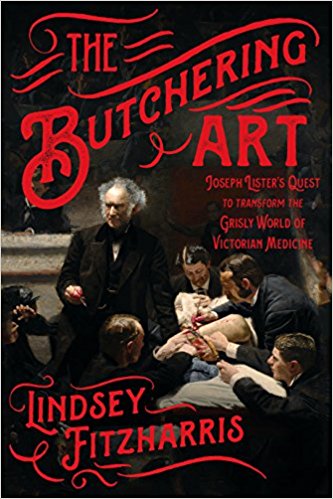

.jpg)

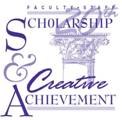 The
The 